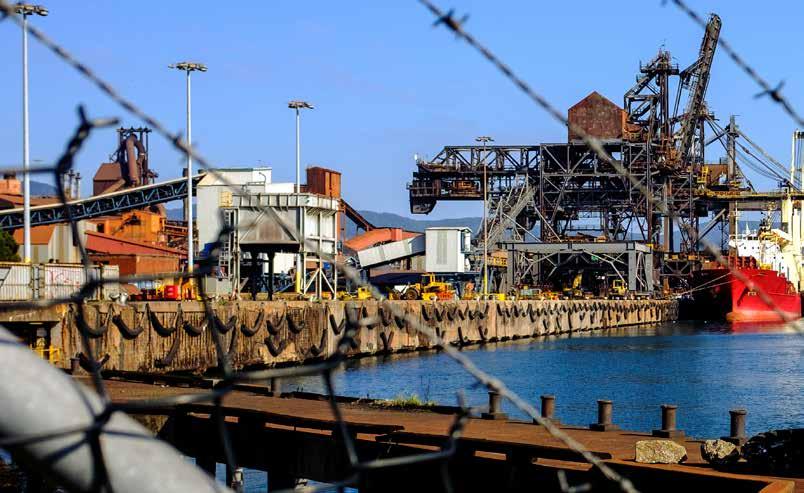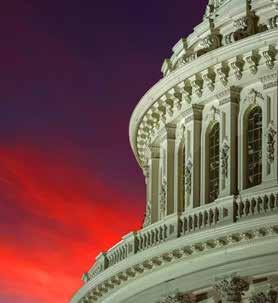52
MARINE | Air pollution In association with West of England Insurance Services
Planning is key
Capt. Simon Hodgkinson, Global Head of Loss Prevention at West of England Insurance Services, says that planning is the key factor as the shipping industry rises to the challenges presented by new air pollution rules
The impact of nitrous and sulphur oxides on the health of crews and coastal communities is becoming an ever-more prominent matter for regulators and air pollution rules are becoming one of the fastest evolving areas in the maritime industry. This drive has been behind the creation of several landmark regulations in recent years, as well as the expansion of NOx (nitrogen oxides) Emissions Control Areas (ECAs). ECAs were created by MARPOL Annex VI to govern emissions in specific high-impact areas, especially in coastal locations. These areas can cover Sox (sulfur oxides), NOx, and/or particulate matter, depending on the specific rules of the ECA. The North American and Caribbean Sea NOx ECAs came into effect in 2016, creating a roadmap for many pollution minded policymakers. These regulations impose different and progressively more stringent emissions to power output standards of vessels based on when they were built. They are split into three tiers; Tier I, covering ships built after 1 January 2000, Tier II, covering ships built after 1 January 2011, and, Tier III, covering ships built after 1 January 2016. Since then, China has created two domestic ECAs, including one that regulates NOx emissions. These cover the Pearl River Delta, the Yangtze River Delta and the Bohai-Rim Area including Beijing, Tianjin and Hebei. Two additional NOx ECAs came into effect on 1 January this year, covering the North Sea and the Baltic Sea and enforcing the Tier III standard against ships built after 1 January 2016. It is unlikely that these are the last that will be created. The Marine Insurer Nordic & Asia Special Edition | April 2021





















